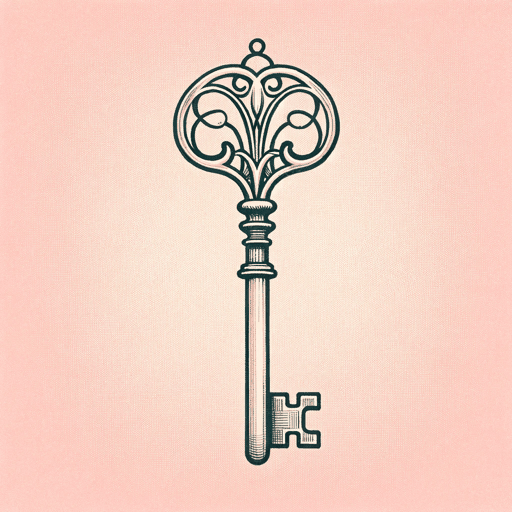58 pages • 1 hour read
Marie BenedictLady Clementine
Fiction | Novel | Adult | Published in 2020A modern alternative to SparkNotes and CliffsNotes, SuperSummary offers high-quality Study Guides with detailed chapter summaries and analysis of major themes, characters, and more.
Symbols & Motifs
Elizabeth I’s Portrait
During her wedding to Winston Churchill in St. Margaret’s Church, Clementine Churchill, put off by the conversation between her husband and the bishop, sees a portrait of Queen Elizabeth I, one of the longest-serving sovereigns. Clementine notes that Elizabeth “would have never tolerated being kept waiting like this, and I feel almost as if she’s taking me to task for allowing the bishop to detract from my moment” (38).
This portrait and the mention of Elizabeth symbolize The Complexities of History and Gender, by recalling one of the great sovereigns of England’s past. Throughout her reign, Elizabeth remained unmarried and childfree, ruling alone from 1558-1603. Elizabeth remains notable not only for her gender but also for the way she defied stereotypes associated with women and feminine roles. Right after Clementine sees this portrait, she considers her own place in history, and begins to chafe against being ignored. She vows that “without the education, accomplishments, or nobility of my intended” (38), she will make her mark on history. Unlike Elizabeth, Clementine marries, but she does so determined to exercise political and personal agency just as the Tudor queen did.
Related Titles
By Marie Benedict

Carnegie's Maid
Marie Benedict

The First Ladies
Marie Benedict, Victoria Christopher Murray

The Mitford Affair
Marie Benedict

The Mystery of Mrs. Christie
Marie Benedict

The Only Woman in the Room
Marie Benedict

The Other Einstein: A novel
Marie Benedict

The Personal Librarian
Marie Benedict, Victoria Christopher Murray

